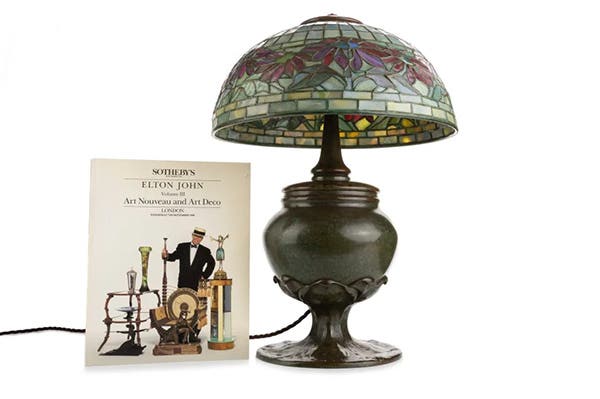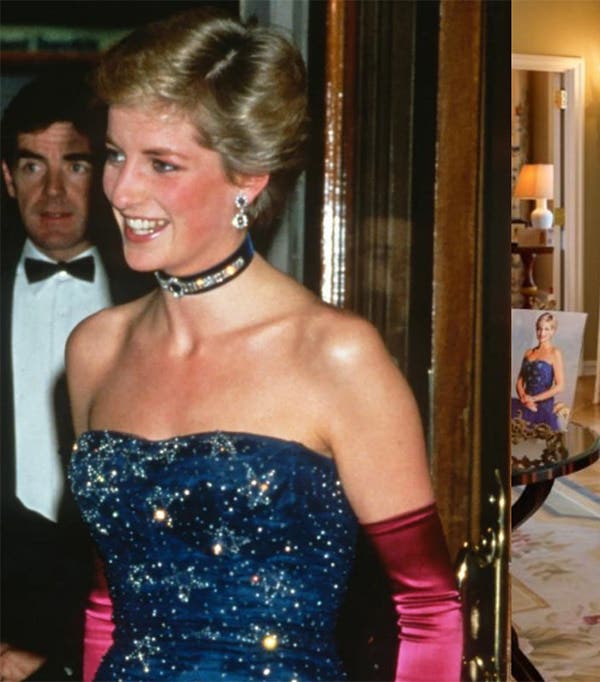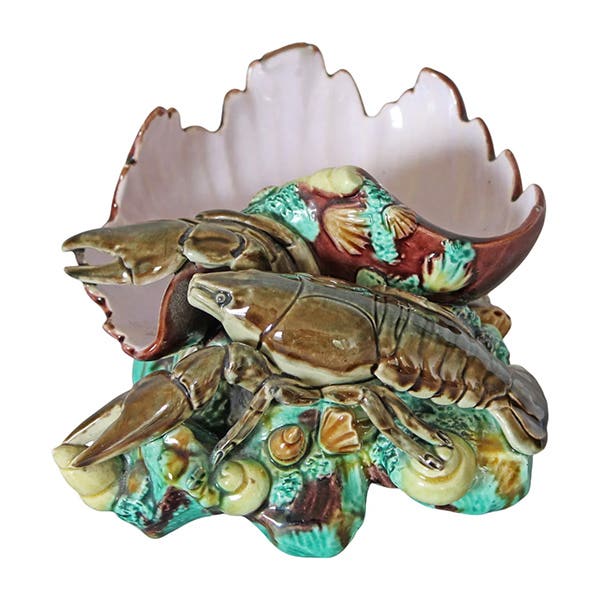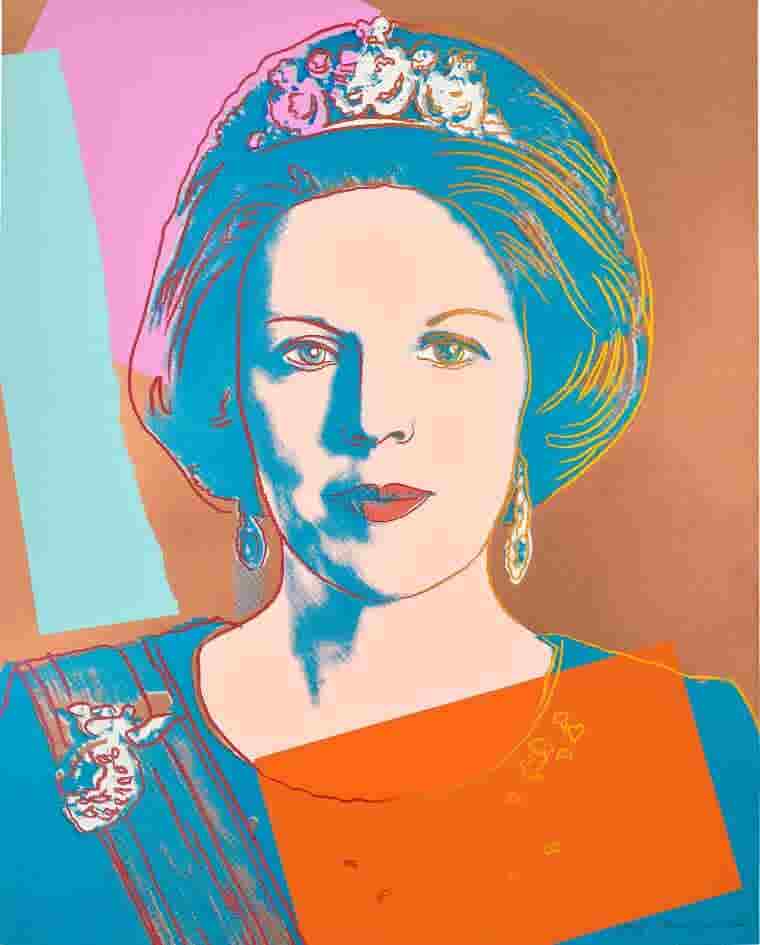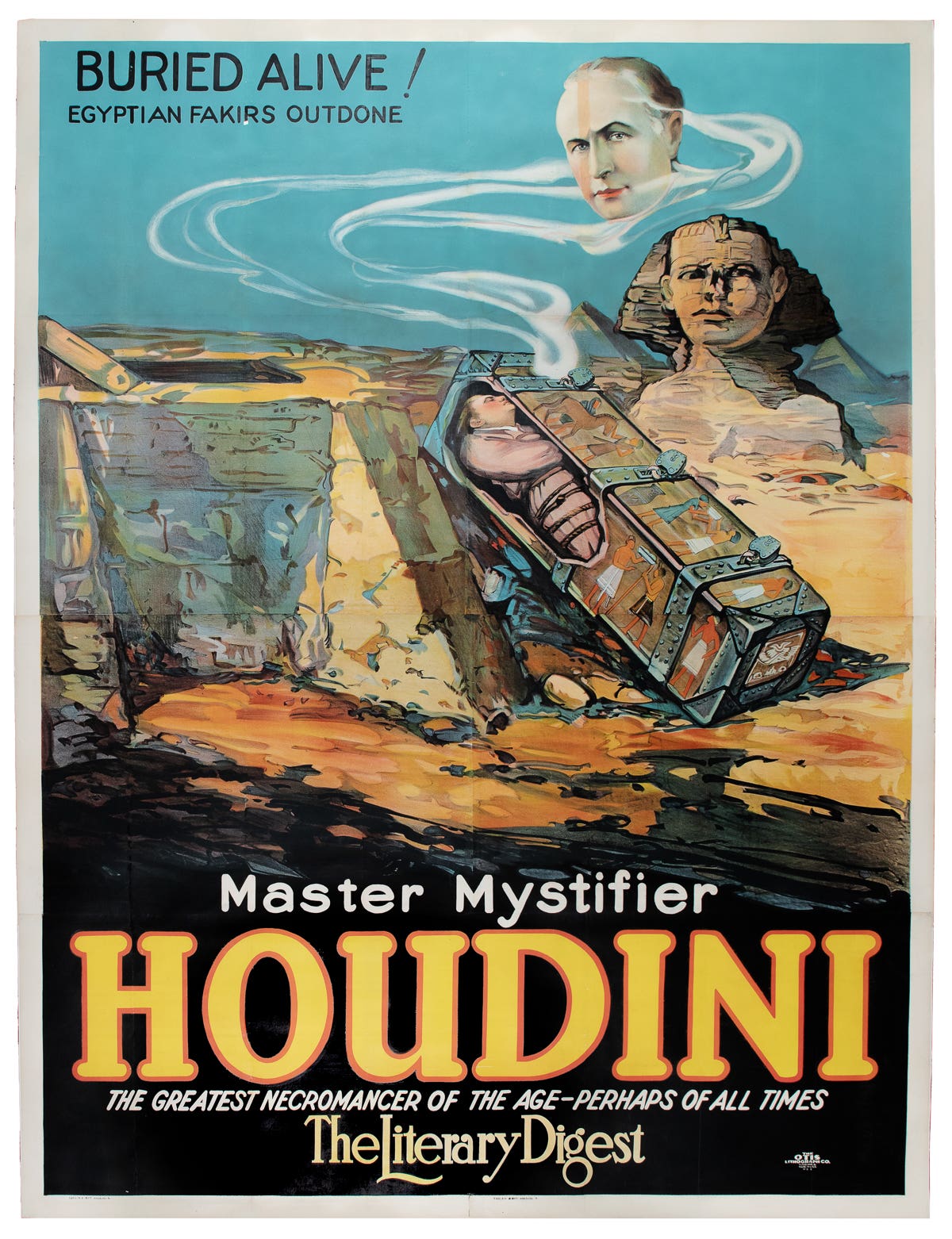How dealers can connect with a new generation
Understanding your audience is a key to being successful in any business, but especially in the retail sector. The challenges to connect with new generations of consumers can be overcome, states entrepreneur Bob Ellis.
By Bob Ellis
Walk into a baby boomer’s oversized suburban home and you’re likely to find a collection of antique chairs. Not to mention a dining room table that’s been in the family for three generations. Perhaps even a set of heirloom china, and a model railroad train in the basement. Walk into a Millennial's urban apartment, and you’re likely to spot a kitchen table from Pottery Barn, home décor from Bed Bath & Beyond, a hodgepodge of dishes they’ve accumulated since their college days, and high-tech gadgets in every room.
Millennials are the consumer market of the future. They spend an estimated $600 billion each year in the U.S. alone and are entering their peak earning years. But according to Goldman Sachs Global Investment Research, millennials aren’t big-ticket spenders. Instead of investing in cars and luxury goods they are looking for something different. They’re seeking flexible work options, and dedicating more income to events and live experiences. Plus, they are participating in the sharing economy. And they are living simpler lives in smaller spaces.
Millennials are reshaping the economy. In turn, antique dealers who haven’t already quit the trade are being forced to examine how they do business. Parents who are trying to pass down ornate family heirlooms are getting stuck with these valuables. Simply put: the next generation doesn’t want them.
What Millennials Really Want
Millennials — born between 1980 and 2000 — have a different hierarchy of needs than previous generations. In a Goldman Sachs Fortnightly survey of interns, only 40 percent of millennials said it was extremely important for them to own a home; 30 percent said they don’t intend to purchase a car in the near future, and 30 percent said owning a TV is important but not a big priority.
That’s because a majority of millennials say the primary reason they go to work every morning (aside from paying for basic necessities) is to fund their next vacation, according to a FlexJobs survey. Self-identified “digital nomads,” millennials are more mobile than previous generations. They frequently change jobs and relocate. They are more accustom to sharing everything from cars — Uber and Lyft — to homes — Airbnb and HomeAway.
Items to Suit a Fluid Lifestyle
This transient lifestyle doesn’t lend itself to an 8-foot dining table, a cumbersome cuckoo clock, or an antique trunk full of family heirloom quilts. Instead of spending money on possessions, 20- and 30-somethings want experiences. More than 75 percent of millennials would choose to spend money on a desirable experience — concerts and music festivals, pub crawls and travel — over buying something desirable, according to Eventbrite’s nationwide research .
Additionally, according to the Pew Research Center, for the first time more than 130 years young adults are more likely to live with their parents than with a spouse or partner. The census data found that 32 percent of 18- to 34-year-olds are living at home with their parents.Today 31 percent of young people are married and living in their own household. This compares to more than 60 percent in 1960.
When they eventually do marry and move out on their own, millennials are passing over more traditional things, such as decorative furniture and glassware, in favor of simple, modern furniture and inexpensive consumer goods. If young professionals do collect things, they collect contemporary wall art, not curio cabinets full of Depression era glassworks.
“You still see young collectors in scattered categories,” Gary Piattoni, best known for his hosting role on Antiques Roadshow on PBS, told the Houston Chronicle . “They’re interested in toys, comic books, sports cards, contemporary art.”
Out With the Old, In With New
This trend doesn’t paint a pretty picture for the antique industry. Does the sector have a future?
Jim Stephens, a 62-year-old in Spokane, Washington, who collects and repairs vintage muscle cars from the 1960s, doesn’t think so. “Every year you see less and less young people at classic car shows on the weekends. It’s a cultural thing that millennials don’t seem to connect with as much. I think once my generation passes, it won’t be a thing anymore.”
However, not everyone agrees. Dr. Lori Verderame , Ph.D. Antiques Appraiser from the History Channel’s The Curse of Oak Island, believes Millenials enjoy possessions that bring back childhood memories.
“Millennials are attracted to antiques for both sentimental and practical reasons. Millennial collectors who attend my antique appraisal events across the country tell me that they want objects that remind them of grandma and are long-lasting pieces that stand that test of time made of high quality, durable materials with interesting designs.”
Evolving Tastes of a Generation
It still remains to be determined how the taste and preferences of millennials will evolve. As most people mature, they become more nostalgic. This could lead to growth within the antique market. The items that Millenials value may not be traditional antiques. They might appreciate vintage products that embody technology rather than craftsmanship. Think pinball machines, first generation cell phones or personal computers, and old radios.
David Rosenblatt, CEO of 1stdibs.com, an online marketplace for buying and selling antique furniture, told The Economist , “Mad Men has helped push the slick, minimalist aesthetic of mid-century modern furniture into the mainstream.”
Successful antique dealers will need to adapt to changes in customer tastes.
How Antique Dealers Can Engage Millennials
So, what can antique dealers do to connect more to the millennial shoppers who might not be interested in the antique furniture, china, crystal, flatware and jewelry the baby boomers have accumulated?
Focus on the individual. Yes, millennials shop at Crate and Barrel, but they were also raised to value individualism and establish themselves as unique. Don’t treat millennial customers like just another number. Ask questions to discover their personal design aesthetic, and tailor the selling process to meet the buyer needs.
Appeal to the socially conscious shopper. Millennials appreciate a personal experience that is lacking at big box stores. They want products made in a socially conscious manner. Products made by hand, locally. While social justice has not been a traditional selling point for antique dealers, qualities valued by consumers change from generation to generation.
Be Where They Are, Speak To Their Interests
Tell a story. Millennials value authenticity, so dealers should communicate the story behind the antiques they’re selling. Millennials also love to learn, so if there is cultural or historical significance to the items, teach them about it, too. Emphasize the backstory, and convey details about pieces made by people who are truly passionate about what they do.
Connect with them online. Although millennials still step foot inside brick-and-mortar venues, online shopping and social networks are more important to them. Accenture found that 68 percent of millennials want an integrated retail experience that allows them to seamlessly transition from smartphone to personal computer to physical store. Antique dealers need to find more creative ways to connect with these digital natives, including having a dynamic social media presence, communicating via text message, and building a responsive website with high-quality photos and a connected e-commerce platform.
Convey investment quality. As more millennials mature and settle down, they will begin to buy houses and will be on the hunt for unique items to use in their own homes. Antique dealers should emphasize quality, simplicity, and functionality, and encourage millennials to buy items that will appreciate in value over time. Millennials will be more likely to buy antiques if they view it as a wise investment.
The millennial generation represents the largest consumer group in the United States. Although selling to this important demographic is challenging, if antique dealers understand who the millennial is, their values, and behaviors, they can remain relevant in the fast-changing world.



